Understanding and Treating Viral Warts: An Ayurvedic Perspective
Understanding and Treating Viral Warts: An Ayurvedic Perspective often seen as small, benign growths on the skin, are caused by the human papillomavirus (HPV). While they are generally harmless, warts can be bothersome and unsightly. Traditional treatments often involve freezing, burning, or surgical removal, but many seek alternative remedies, including Ayurveda. This ancient Indian system of medicine emphasizes holistic healing and natural remedies, aiming to restore balance within the body. In this blog, we’ll explore the causes of viral warts, their types, and how Ayurveda can help in managing and treating them.
What Are Viral Warts?
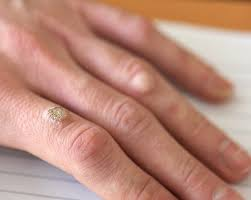
Warts are non-cancerous skin growths that result from an infection with HPV. The virus typically enters the body through cuts or breaks in the skin. Warts can appear anywhere on the body but are most commonly found on the hands, feet, and face. They can be classified into several types:
- Common Warts (Verrucae vulgaris): Typically found on fingers and hands.
- Plantar Warts: Found on the soles of the feet, these can be painful due to pressure.
- Flat Warts: Small, flat-topped warts that can appear in clusters, usually on the face or legs.
- Genital Warts: Found in the genital area, these are sexually transmitted and require specific treatment.
Causes and Risk Factors
The primary cause of viral warts is infection with HPV, which is highly contagious. Risk factors include:
- Direct contact: Touching warts on others or surfaces contaminated with the virus.
- Weakened immune system: Individuals with compromised immunity are more susceptible.
- Skin abrasions: Cuts or scrapes provide an entry point for the virus.
- Moist environments: Areas like public pools and showers can increase risk.
Ayurvedic Perspective on Warts
Ayurveda views warts as a manifestation of an imbalance in the body’s doshas (Vata, Pitta, and Kapha). According to Ayurvedic principles, the presence of warts can be linked to an accumulation of toxins (ama) and an imbalance of Pitta dosha, which governs transformation and metabolism in the body.
Identifying the Dosha Imbalance
- Vata Imbalance: If the warts are dry, rough, and appear in clusters, it may indicate a Vata imbalance. Individuals may experience anxiety, restlessness, or digestive issues.
- Pitta Imbalance: If warts are inflamed, reddish, or painful, they may be associated with Pitta dosha, indicating heat and inflammation in the body.
- Kapha Imbalance: Large, moist warts may suggest a Kapha imbalance, often accompanied by sluggishness and weight gain.
Understanding your dosha balance is crucial for effective treatment in Ayurveda.
Ayurvedic Treatments for Viral Warts
Ayurveda employs a combination of dietary changes, herbal remedies, and lifestyle modifications to treat viral warts effectively.
1. Herbal Remedies
Several herbs are known for their antiviral and skin-rejuvenating properties:
- Neem (Azadirachta indica): Known for its antiseptic and antiviral properties, neem can help fight off HPV. A paste made from fresh neem leaves can be applied directly to warts.
- Turmeric (Curcuma longa): With its powerful anti-inflammatory and antimicrobial properties, turmeric can help reduce the size and appearance of warts. A paste of turmeric and water can be applied twice daily.
- Garlic (Allium sativum): Garlic has potent antiviral properties. Crushing fresh garlic and applying it to the wart can help eliminate the virus.
- Aloe Vera: Known for its soothing and healing properties, aloe vera gel can be applied to warts to promote healing and reduce irritation.
2. Dietary Adjustments
A balanced diet can help restore dosha balance and support the immune system:
- Avoid excessive Pitta-inducing foods: Limit spicy, oily, and acidic foods that can aggravate Pitta dosha.
- Incorporate cooling foods: Foods like cucumber, coconut, and mint can help pacify Pitta.
- Boost immunity: Include immune-boosting foods such as fresh fruits, vegetables, and whole grains. Herbs like Ashwagandha can also be beneficial for enhancing immunity.
3. Detoxification
Ayurvedic detoxification methods (Panchakarma) can help eliminate toxins from the body. This process involves various therapies such as:
- Abhyanga (oil massage): Using warm herbal oils can help stimulate circulation and promote healing.
- Steam therapy: This helps open pores and remove impurities from the skin.
- Virechana: This purgative therapy can help eliminate excess heat and toxins from the body.
4. Lifestyle Modifications
Making certain lifestyle changes can also aid in the treatment of warts:
- Stress Management: High stress can weaken the immune system. Practices such as yoga, meditation, and deep breathing exercises can help reduce stress.
- Maintain Hygiene: Keeping the skin clean and dry can prevent the spread of HPV. Avoid sharing personal items like towels or razors.
- Regular Exercise: Physical activity can improve overall health and boost the immune system.
Precautions and When to Seek Help
While many warts can be treated with natural remedies, it’s essential to consult a qualified Ayurvedic practitioner for personalized advice. Some warts can resemble other skin conditions, so professional evaluation is crucial.
Precautions include:
- Avoid picking at warts to prevent infection.
- Maintain good hygiene to prevent the spread of the virus.
- Monitor warts for changes in size, color, or pain, as these could indicate a need for medical attention.
Conclusion
Viral warts can be a nuisance, but with the holistic approach of Ayurveda, it’s possible to manage and reduce their appearance effectively. By understanding the underlying dosha imbalances, utilizing herbal remedies, making dietary adjustments, and adopting a healthy lifestyle, individuals can promote healing from within.
Always remember that while Ayurveda offers valuable insights and treatments, a consultation with a healthcare professional is essential for a comprehensive approach to health and wellness. Through the integration of traditional wisdom and modern medical advice, you can embark on a journey toward clear, healthy skin.




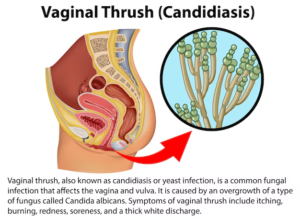
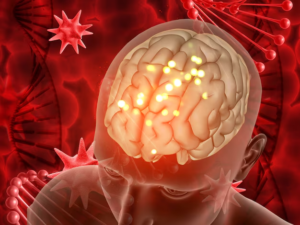
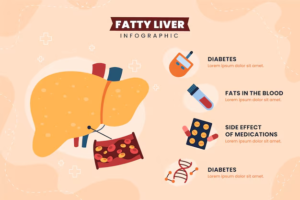
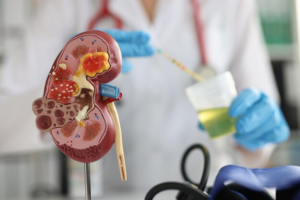
Leave a reply